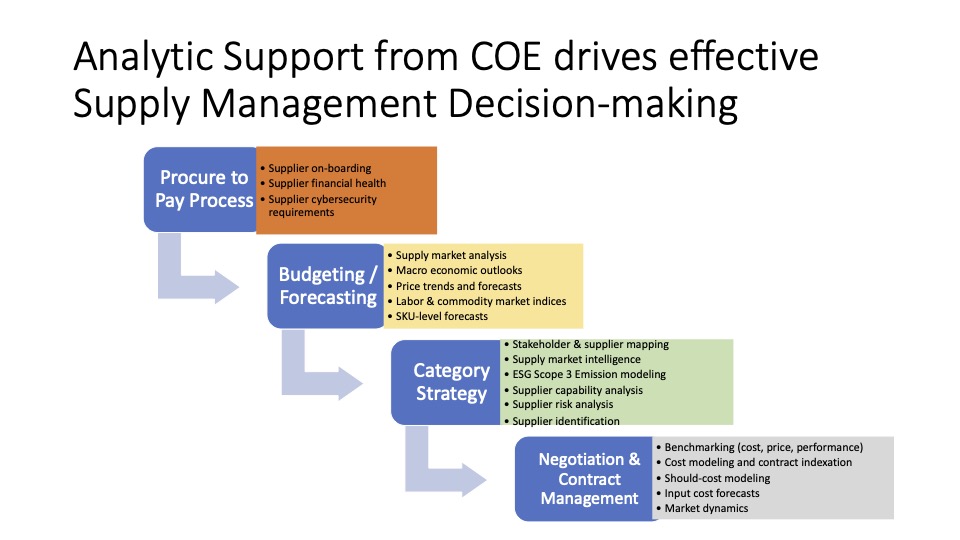Trust without vulnerability can’t exist in supply chain relationships
Revisiting the research
People often throw around the term “trust” in discussing supply chain relationships. Trust (and its cousin, Collaboration) seems to be a highly discussed element of effective supply chain relationships. In reality, academic research on inter-organizational trust has been around for a long, long time, spanning back more than a century. It’s worthwhile having a look at what some of the early work in trust has to say about it.
One of the earliest insights in academic research in the use of the term trust is the relationship between vulnerability and trust. Vulnerability is a key issue, because trust without some kind of vulnerability simply cannot exist. If a party chooses a course of action that involves no vulnerability then the firm has simply made a rational decision. One of the first definitions to include vulnerability was provided by Deutsch [1958], who stated that trust involved choosing a course of action even if the probability of failure was greater then 50%.

Zand [1972] believed that trust goes beyond expectation outcomes under uncertainty to expectation outcomes under vulnerability. Zand’s definition is broader, in that he identified two dimensions of trust vulnerability. Vulnerability projects a feeling of being unprotected or exposed while including an element of uncertainty or risk. If there is no uncertainty or risk, then the party is freely giving the other party something. If there is no exposure by both sides, then the firms are simply making a rational decision based on probabilities.
“Trust is the mutual confidence that no party to an exchange will exploit another’s vulnerabilities” [Sabel, 1993, p.1133]. “
“Trust is a risk relationship which increases the trustor’s vulnerability” [Zand, 1972].
“Trust is a particular level of the subjective probability with which an agent assesses that another agent or group will perform an action, both before he can monitor such an action and in a context in which it affects his won action. For trust to be present there must be the possibility for disappointment or betrayal.” [Deutsch, 1958, p.217]
The discussion on vulnerability uncovers a key distinction that must be made between trust and trusting behavior. Trust can exist without action, but trusting behavior is the action taken, based on trust in another party. The possibility of betrayal is always present. Both parties must stand to lose something. Lorenz discusses how vulnerability is a key component of trusting action:
“Trusting behavior consists of action that (1) increases one’s vulnerability to another whose behavior is not under one’s control, and (2) takes place in a situation where the penalty suffered if the trust is abused would lead one to regret the action.” [Lorentz, 1988, p.197]
A paradox that exists in the definition of trust was uncovered by Rempel and Holmes [1981], who wrote that to be able to trust you must be willing to take the risk of trusting another party. To be a party to trust, you have to the courage to accept risk.
These definitions highlight the role of vulnerability in building trust, and have deep implications for how B2B relationships can develop. Over-reliance on contractual clauses that provide details on how litigation will take place does not solve problems that occur every day in supply chains: lack of demand, too much inventory, supply shortages, weather events, and capacity issues. On the other hand, trust is also kept through a series of small promises kept…. meaning we seek people who do what they say they are going to do. We need to find better ways of working with our supply chain partners, and looking to some of the old academic research is certainly worthwhile.
REFERENCES
Deutsch, M. (1958) ‘Trust and suspicion’, Journal of Conflict Resolution, Vol. 2, pp.265–279.
Lorenz, E.H. (1988) ‘Neither friends nor strangers: informal networks of subcontracting in French industry’, in Gambetta, D. (Ed.): Trust, Basil Blackwell, Inc., New York, pp.194–210.
Rempel, J.K. and Holmes, J.G. (1981) ‘How do I trust thee?’, Psychology Today, Vol. 20, No. 2, pp.28–34.
Sabel, C.F. (1993) ‘Studied trust: building new forms of cooperation in a volatile economy’, Human Relations, Vol. 46, No. 9, pp.1133–1170.
Zand, D.E. (1972) ‘Trust and managerial problem solving’, Administrative Science Quarterly, Vol. 17, pp.229–239


